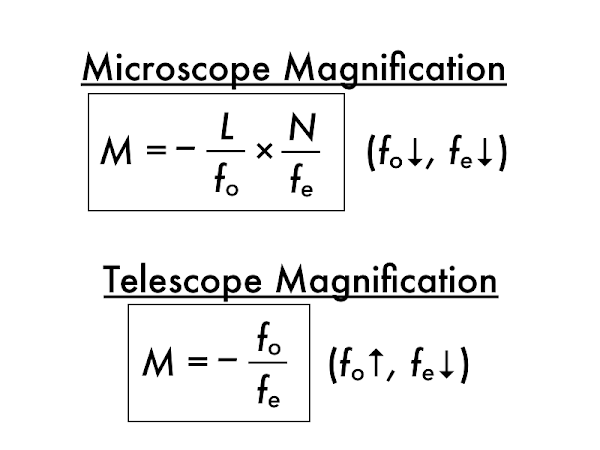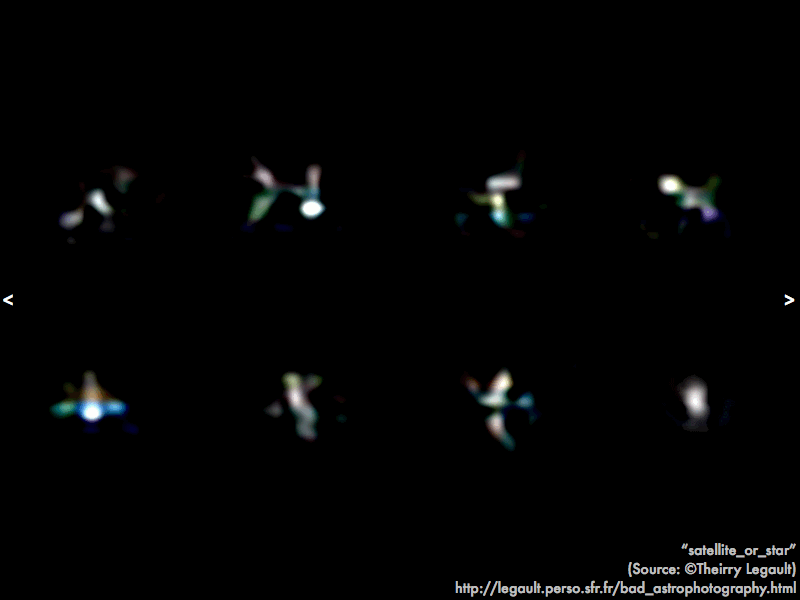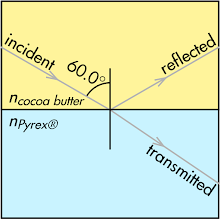Physics 205B Quiz 1, spring semester 2015
Cuesta College, San Luis Obispo, CA
Cf. Giambattista/Richardson/Richardson,
Physics, 2/e, Problem 22.45

Light polarized at a 45° angle (as seen traveling towards you) passes through a set of two ideal polarizing sheets. If the amount of light transmitted after passing through both polarizers is 25% of the original polarized light, the first polarizer transmission axis is ________, and the second polarizer transmission axis is __________.
(A) horizontal; parallel to the original light polarization.
(B) parallel to the original light polarization; horizontal.
(C) (Both of the above choices.)
(D) (None of the above choices.)
Correct answer (highlight to unhide):
(A)
From Malus' law, the fraction of polarized light passing through a polarizer is given by cos
2θ, where θ is the angle between the original polarization and the transmission axis of the polarizer. If θ = 0°, then the polarized light is parallel to the transmission axis of the polarizer, then
all of the light will pass through the polarizer.

For the "horizontal; parallel" set of polarizers, the fraction of light passing through the first polarizer is cos
2(45°) = 0.5, and will have a horizontal polarization. The fraction of this light passing through the second polarizer is cos
2(45°) = 0.50, and will have a polarization that is at a clockwise angle of 45° with respect to the vertical. Thus the fraction of the original polarized light that passes through both polarizers is the product 0.50·cos
2(45°) = 0.25.

For the "parallel; horizontal" set of polarizers, the fraction of light passing through the first polarizer is 1, and will still have its diagonal polarization. The fraction of this diagonally polarized light passing through the second horizontal polarizer is cos
2(45°) = 0.50, and will have a horizontal polarization.
Thus only the first set of polarizers will pass "25% of the original polarized light."
Student responses
Sections 30882, 30883
Exam code: quiz01c0Co
(A) : 19 students
(B) : 6 students
(C) : 18 students
(D) : 5 students
Success level: 40%
Discrimination index (
Aubrecht & Aubrecht, 1983): 0.51

























